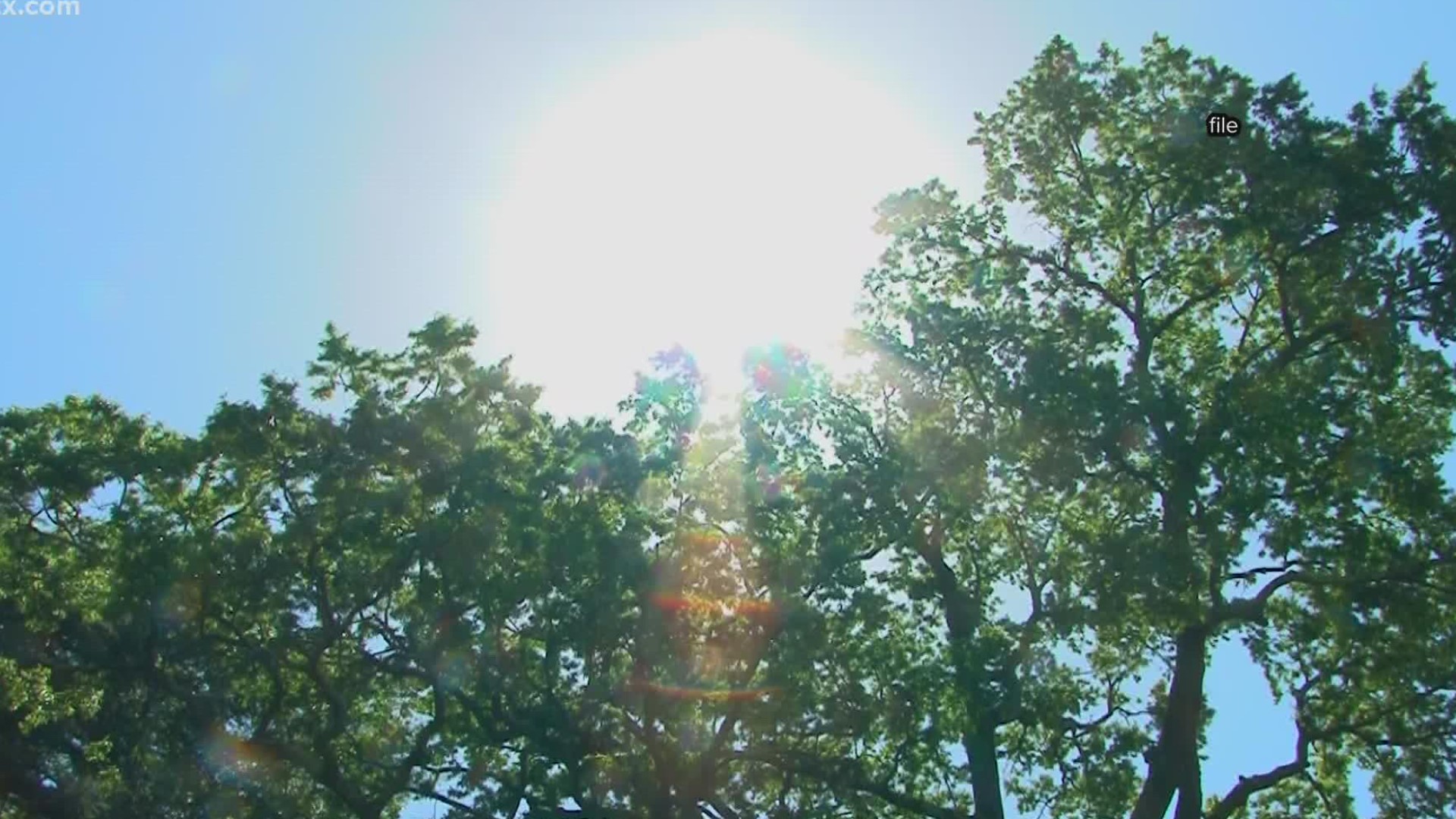COLUMBIA, S.C. — The City of Columbia has been baking during the dog days of summer, but researchers are trying to figure out just what the warmest parts of town are.
Thanks to the help of over thirty volunteers the city is completing that mission, thanks to a new climate mapping initiative. Kristin Dow is a Professor at The University of South Carolina who is heading up the initiative, "It's pretty exciting cause we're only one of fourteen cities in the United States and two internationally chosen to participate in this," she says.
The mapping effort was the idea of NOAA and several other agencies that are working to collect data on heating in the city. Dow is working alongside her graduate assistant, Timothy Farmer, who says the volunteers who drove the routes on Saturday are collecting important data.
"We're gonna be gathering data using sensors placed on cars, which are gonna be driving pre-determined routes along Columbia, parts of Lexington County, and Richland County and that gonna give us an idea of what surface temperatures look like in different parts of the city," Farmer says. "We've kinda designed the routes strategically so that way we are factoring in different parts of the city with more tree cover, less tree cover, more concrete, different places urban versus more rural, neighborhoods."
The group of volunteers placed temperature and humidity sensors on their cars and drove around Saturday to collect day during the morning, midday, and evening, covering fifteen different routes, and 190 square miles.
Once the data is collected it will be sent off and studied by several atmospheric agencies, Dow says, "They're gonna return to us a map of the city, and then they have a variety of responses to that, there's shading, there's improving the quality of homes and energy efficiency and releasing fewer greenhouse gases, so there are whole host of things that can be done."
Dow says data will be sent back to the team by the end of October.

